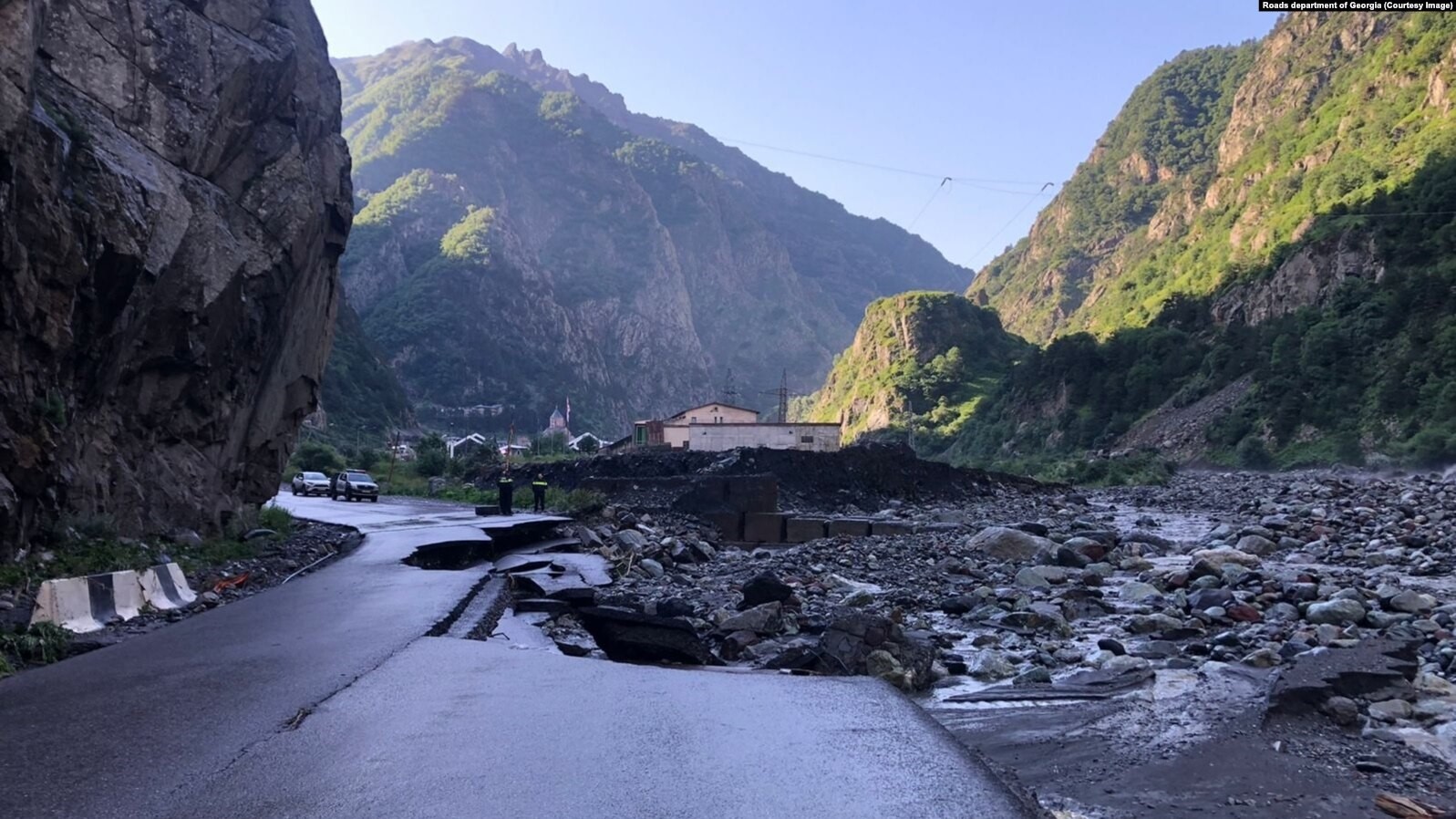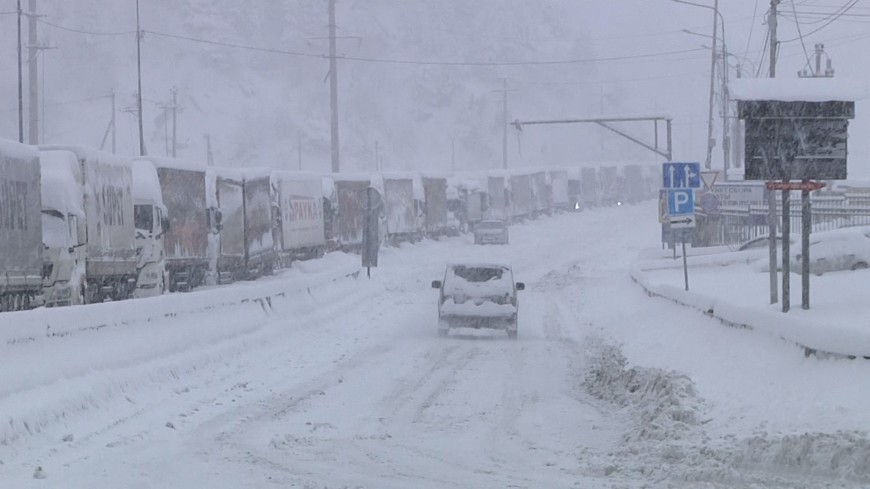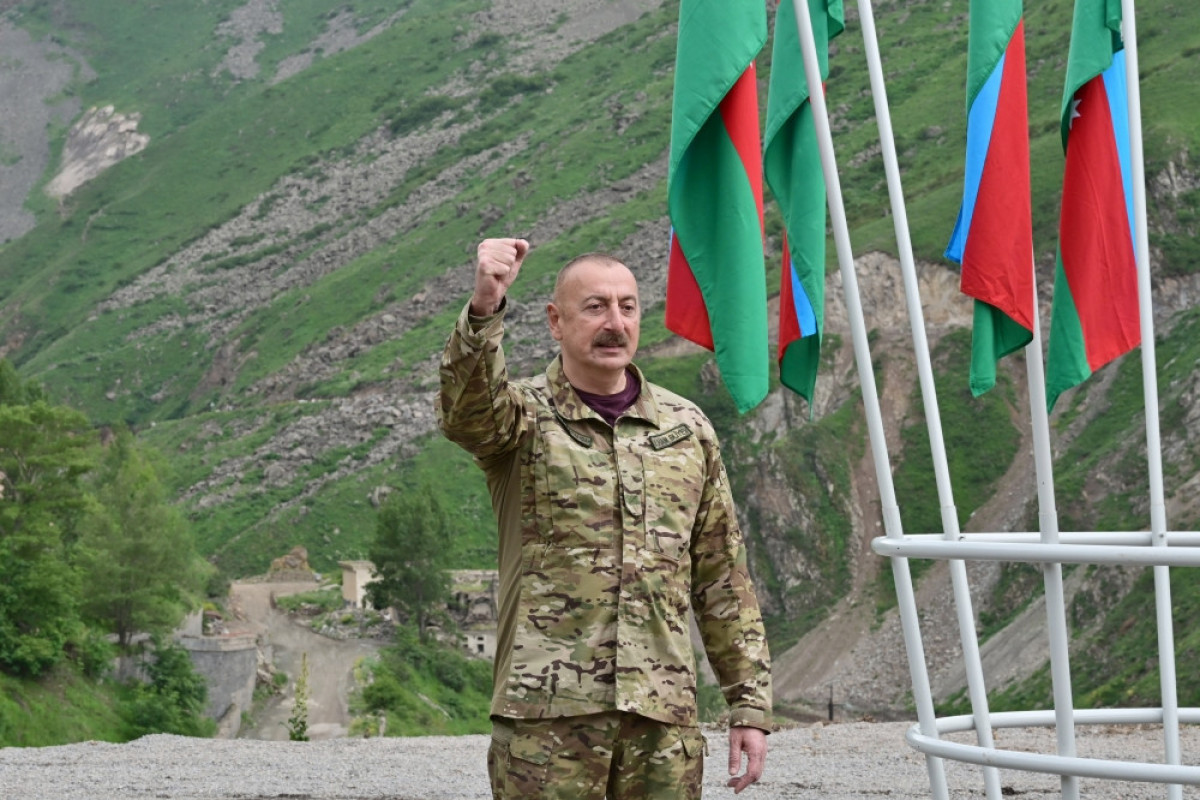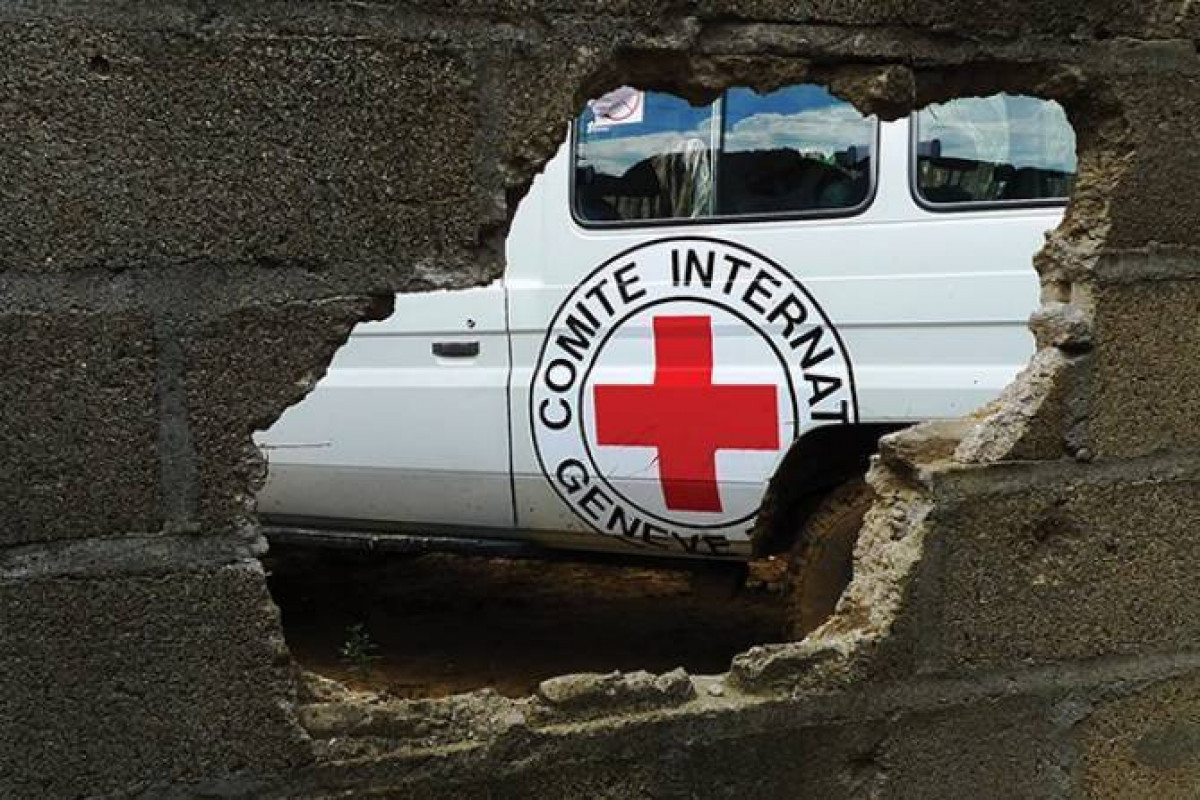November 10 agreement, which officially declared the end of the Karabakh conflict, went down in history not only by putting an end to the war but also by opening new prospects for future development of the region. Economic prospects of the post-conflict period are already discussed today at the level of leaders of countries and different working groups. So, the scene of the region will seriously change with the opening of the Zangazur Corridor.
Armenia’s transport and logistical relations with its neighbors have been of low quality, their durability has been unstable for many years. So, war conditions with Azerbaijan and war in the Abkhazia region of Georgia as a result of the separatism resulted in the disuse of both railway lines between Russia and Armenia (which were used during the Soviet period).
Armenia’s land border with the north direction is now conducted through only Georgia’s Upper Lars checkpoint. Suspension of activity of corridors and checkpoints, where trade was conducted (located in the Republics of Belarus and Ukraine) between the Russian Federation and Western countries due to the ongoing war in Ukraine has increased the importance of the Upper Lars checkpoint for the Russian Federation in its foreign trade operations much more. As a result of the overloading of border checkpoints, cargos, transported from Armenia, are observed over the recent months to remain on roads, and can not cross the border on time. However, mountainous landscapes and snowy-frosty weather conditions in the region also cause paralysis of activity at the cross points in certain months. In the summer months of the current year, unequalness of seasonal economic activity level with the cross potential of checkpoints (sharp increase in the volume of agricultural products exported from Armenia to Russia) has led to huge traffic jams. Mentioned reasons are barriers to the conduction of sustainable transport-logistical relations. At the same time, kilometers of automobile jams in the Upper Lars checkpoint after the declaration of partial mobilization in the Russian Federation have recently brought the problem to the agenda for Armenia again.
Several scenarios have been discussed among Russian, Armenian, and Georgian governments in recent times for the elimination of the problem.
- It has firstly been decided to establish the second customs formalization zone in the Upper Lars checkpoint as a result of negotiations between relevant bodies of the Republic of Armenia and the Federation of Russia. According to the Economy Minister of Armenia Kerobyan, the capacity of the border checkpoint is considered to be increased by 30% (to increase crossing of 400-450 cars to 700 daily) by opening a new checkpoint. Note that the automobile checkpoint, which will be newly established, will be located 3-4 km away from the current territory.
- Another way of solution is the delivery of Armenian products to the Caucasus port in Russia’s Black Sea via Georgia’s Poti port through a boat-ferry service. In fact, such kind of transport is not considered effective as it takes 2-3 days and causes additional expenditures in ordinary situations. However, it is shown as the only way for “quick transportation” while taking into consideration clogging situations at the Upper Lars checkpoint. Although the Armenian government started negotiations with Dutch APM Terminals Poti Company, which is an operator of Georgia’s Poti port, for the start of boat-ferry transport on June 15, the project has not started yet due to the sanctions of the company on Russia. Note for information that it was planned to fully subsidize transportation costs by the Armenian state within 6 months after the ferry flights started operating.
The 9th month of the current year is close to ending and there is still no news about the implementation of alternative routes to the Upper Lars road by the Armenian government. Today, the transport and logistics network of Armenia is in a very miserable situation. Currently, the problem is not only traffic in the movement of the Armenian vehicles but also the financial loss that the small and medium entrepreneurs of the country's economy face.
This group population is the most important and sensitive part of the country’s economy. As well as, the fact that the majority of transported goods are agricultural products means that the population living in the regions of Armenia is deprived of a certain amount of income. A strategy presented by the Armenian Government in order to solve the problem is not sustainable. Because increasing the custom checkpoints in the Upper Lars checkpoint does not eliminate the problems regarding the severe weather conditions and difficult geographical relief. As well as, it also does not insure against possible force majeure events (massive influx of Russian population into Georgia).
On the other hand, carrying out ship-ferry transport through the Black Sea requires additional costs, which is not considered favorable for small and medium-sized entrepreneurs. For this, the government intends to meet the shipping costs for a short period of time (during 6 months). As a result, the expenditures will be provided at the expense of the state budget formed by Armenian taxpayers. Because otherwise, the transportation of goods by ship-ferry is not suitable for Armenian entrepreneurs due to the financial burden.
Restoration of the transport-communication relations with Azerbaijan brings Armenia's transport relations to a sustainable and stable state, as well as frees Armenia from additional costs. Azerbaijan’s modern infrastructure position and more favorable geographical relief may create fast and uninterrupted trade relations. So, by starting to operate, the Zangazur corridor will create an opportunity for the development of cooperation relations among the regional countries.

Desert kitchen and tent that was created in the Upper Lars checkpoint for the Armenian citizens due to avalanches and bad weather.
The situation of the highway on the Georgia-Russia border after the heavy rain.

The situation of the highway connecting Georgia and the Russian Federation in the winter months.

The situation of the highway connecting Georgia and the Russian Federation in recent days.





 ANALYSIS'>
ANALYSIS'>
